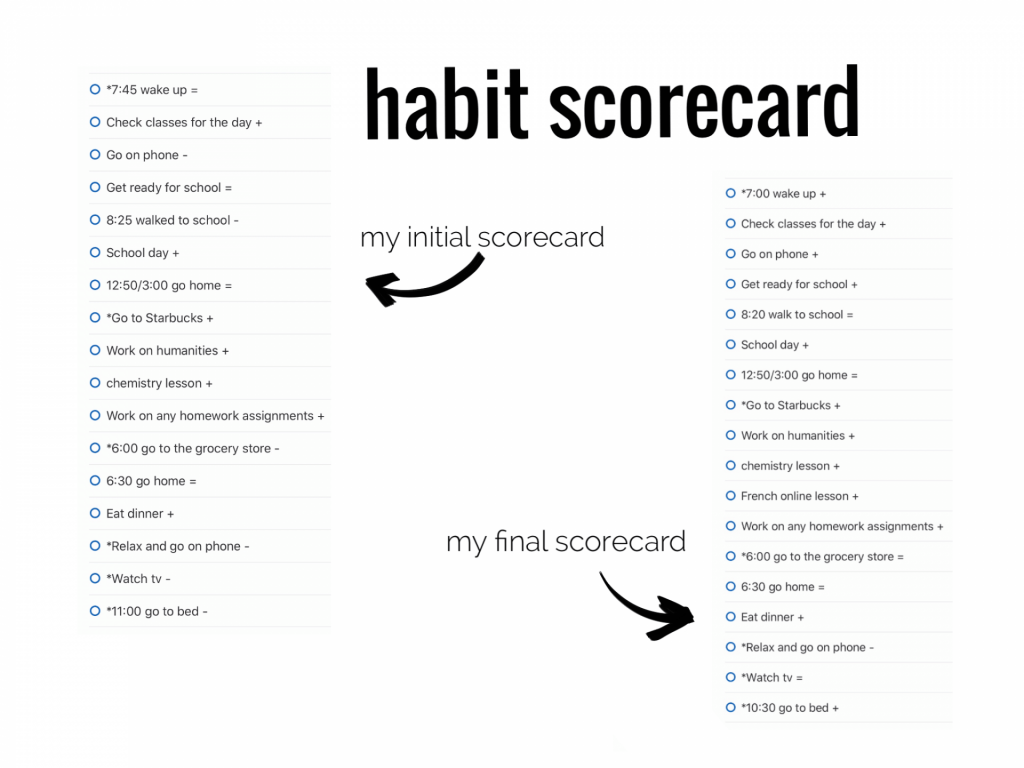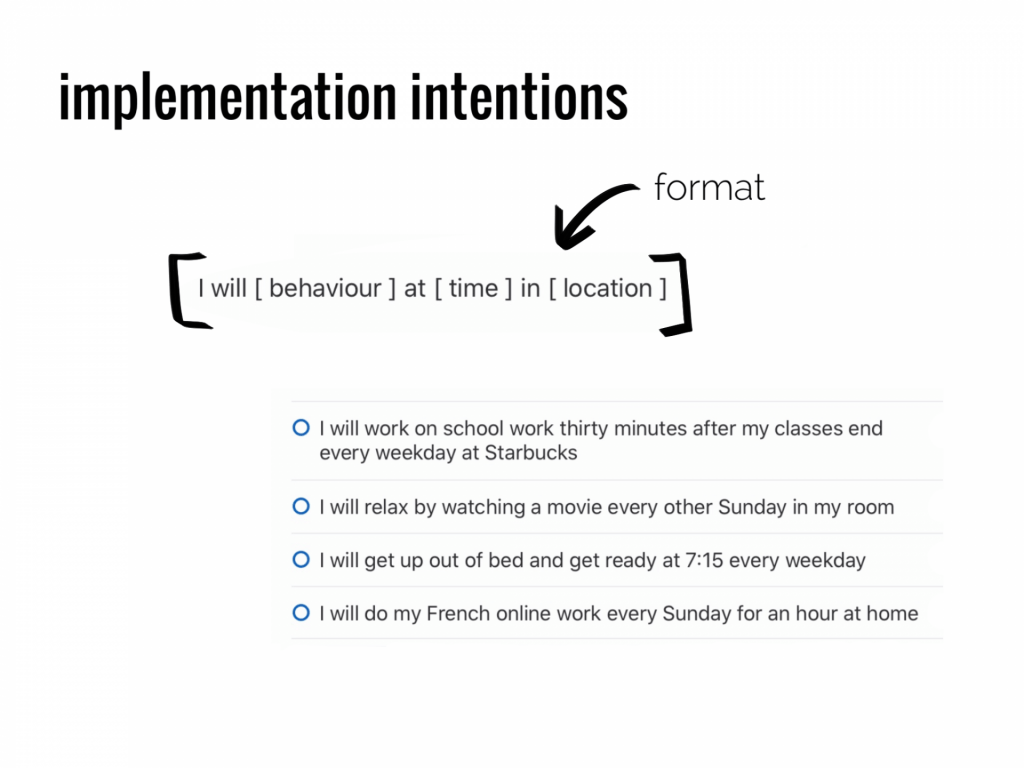An Introduction
For our second unit this year in PGP, we were told to read a book. This book is called Atomic Habits and is written by James Clear. I didn’t think much of this at first. Our teachers told us only a little bit about it. They explained that by bettering yourself just a little bit at a time, just 1% a day, you would be 37.78 times better by the end of one year. I thought that this was a terrible statistic because that 1% isn’t measurable. Plus, there are a lot of other factors in that. What if, at the end of a month, you are doing too much and it’s overpowering you? Surely that would cause you to fall backwards. This made me quite skeptical of this book. I was prepared to roll my eyes at the information and advice in this book, but I was very pleasantly surprised.
This book actually made sense to me. I always do my best to be the best version of myself that I can be, but lately, I’ve been having some trouble forming habits. I’m quite an unmotivated person, and unless something is either instantly gratifying or something that I genuinely care about, I have a hard time getting myself to do it. A big factor of this is waking up in the morning. Yes, I could get out of bed at 6 in the morning and work out and meditate, but I would much rather sleep for an extra two hours. However, after reading this book, I’ve been waking up earlier and doing what will be best for me in the long run in the morning. This book was laid out in 4 main sections. Each is a different “Law of Behaviour”.
Law I: Make it OBVIOUS
The only way that a habit will stick if it is obvious enough for it to become second nature. One of the ways that this can be done is with a method called “pointing and calling” (Personally, I think that that’s a very uncreative name). This is something I often do when I’m trying to motivate myself to do consecutive tasks. The way that this works is that by verbally saying or pointing out what you need to do, you will do it. I find myself doing this a lot, but it really motivates me to do the tasks so that I can stop repeating myself.
Next, I created something called a Habit Scorecard. This is a list of tasks that I do on a typical school day, and annotated with either +,-, or =. + means a positive habit, – means a negative habit, and = means a neutral habit. I did this in our PGP meeting, and then analyzed it throughout the time since then and adjusted it to be better for me. I changed my habits and some of the charges of them did too. For some of the habits that were negative I was able to make them have positive results.
The next point in this section is the focus of our environment and it’s effects on our actions. Apparently, the most effective way to create habits is to pinpoint them with a time and location. These factors are non-adjustable, so we are more likely to do them in those situations. This is known as Implementation Intention and has a fairly simple premise, which is shown below. If you tell yourself you will do something at a certain time or in a certain place, then you are more likely to do it then instead of thinking about when and where to do it.
The other task that was put with this idea is called Habit Stacking. The idea of habit stacking is fairly simple. When you add a new habit to a current one, they are more likely to both become second nature. I chose these two habits because they are the most important to me right now. First, I am trying to get up earlier, and second, I am continuously forgetting important things either at home or when I leave from somewhere.
Law II: Make it ATTRACTIVE
Unless you can see a final goal or benefit in your habits, it’s hard to be motivated to work towards them. The way to best motivate yourself to make a habit is to find a reward to anticipate as you work towards it. For me, I want to feel awake and refreshed when I get to school in the morning. This is where the second part of habit stacking comes in. When you link multiple new habits with current habits, you create a timeline of habits. This is my habit stack for my ideal morning. I have been working towards these habits, but I still have to keep repeating them more before they will become automatic.
One of the points that James Clear made in this section was that our behaviours are all primarily motivated by other’s approval. However, I disagree with that. I feel that I am much less likely to complete a task or habit that I’ve set if I share it with others in need of their approval of it. I am much more independent and self-motivated than I am with other people. If someone else tells me to do something I’ve already been trying to make a habit, I am much less likely to follow through with it.
Law III: Make it EASY
This is by far the most relevant law to my habits. The basic idea of this is that if you make your habits easier to start with, you will grow to keep doing them. One of my goals for this year is to draw more, and one of the ways that I’ve managed this is by storing my most used supplies within arms reach of my bed. This means that when I am relaxing in my bed, I don’t have to get up to draw. By making this task easier to start, I’m much more likely to do it. By starting small, but still working forward, this creates the repetition needed to form strong habits. To start this on a task, you can scale them down to make them easier. James referred to this as the “2 Minute Rule” and I felt it was the most helpful tip in this book. By narrowing your tasks into something you can do in just two minutes, you can start them with less pressure to do a ton all at once. This will eventually lead to a bigger task being repeated if you keep at it over time. For me, I’ve been wanting to read more but have had trouble taking the time to pick up a book. My way to solve this was that I started reading just two pages of a book each night before bed, which quickly turned into reading a few chapters on some nights once I got into it. I also started to put just 3 pieces of clothing away at a time after I do the laundry, as opposed to dreading putting it all away at once. This makes the habits I want to continue with nearly as easy as not doing them at all.
Law IV: Make it SATISFYING
One of the ways that habits can be motivated is when you feel successful after completing them. A way to do this is called Habit Tracking. This involves writing down when you do a task, in order to motivate yourself to stay on track and see how far you’ve come. However, I found this to be more of something that I dreaded each time I did a task rather than a motivator. I found that when I just did the task and felt aware of how on track I was, I became happier to work on habits than when I had to write them down as well. I have been able to reward myself through my habits just with self-gratification. For example, when I put away all my clothes, my room is cleaner and I’m happier to be in it. When I wake up early, I have more energy when I go to school. These ways of self-gratification made me feel much better than any activity or physical reward.
The other way that the book said to stay on track of your habits is with a Habit Contract. I hated this.
I hate the habit contract because it forced me to do the habit even if it made me feel miserable. Sometimes, if I had stayed up late or just didn’t have anything to do in the morning, there was no reason for me to wake up before 8, and so having this contract made me feel badly about a rational decision. This didn’t motivate me, it just made me anxious about my tasks and didn’t make me actually want to complete them.
To Conclude
Overall, this was honestly one of the most valuable books I think that I’ve ever read. It was written in a way that was easy for me to comprehend, which is something I often have trouble within self-help books. The information in this book was straight to the point and clear instead of being vague. If you haven’t read Atomic Habits yet, you should definitely check it out because it has changed the way I go about my entire day.






